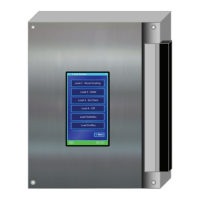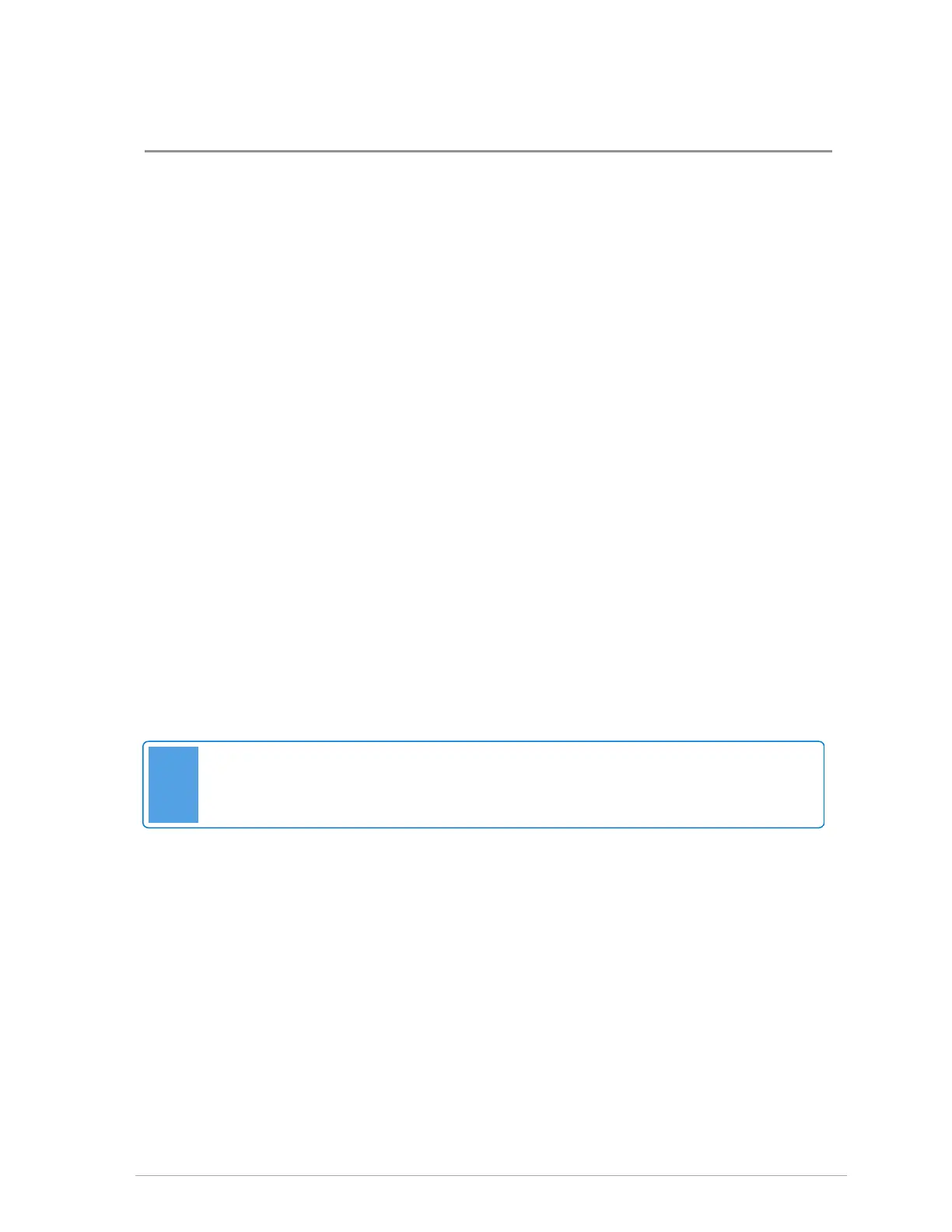2.0 Operating concepts
This section contains important information about the control strategies used in the controller to deliver
space heating, domestic hot water (DHW), pool heating, garage heating, and snow-melting. Depending
on heating requirements, strategies will include the use of these control modes: DHW, Reset Heating,
Setpoint, Ext. Control, and Zone Of.
Other topics covered relate to multi-load systems that can have varying temperature loads: low
temperature loads and loads with high thermal mass. Topics include the controller's load priority, load
combining, and supply differentials - rules, logic, and settings used to provide added levels of protection.
All load settings come with factory defaults. You can change these defaults to suit the application and
heating requirements.
2.1 Domestic hot water (DHW)
In a single boiler, the system gives priority to servicing a call for DHW before switching to other loads
to service calls for heat (see Setting load priority on page 24). In two-sided piping, DHW mode operates
by simultaneously turning off the boiler pump and turning on the DHW boiler pump, diverting fluid flow
and heat production directly to the tank; the same applies to one-sided piping if all loads are 'off' on the
boiler loop, and "Boiler pump" is set to "On" in the DHW load.
Default settings for the DHW load are suitable for residential applications. It may be necessary to
change these settings to satisfy commercial requirements.
For information on wiring DHW, see Sensors on page 41.
2.1.1 DHW opt out in a multiple boiler network
Note
If a DDC system or other external control is used to operate individual boilers, the DHW opt-
out feature is unavailable.
When set as a dedicated DHW load, an indirect storage water heater can call up a boiler to "opt out" to
service DHW. In a multi-boiler network, one or more dedicated DHW boilers can be programmed to
"opt out" of the heating load, enabling the remaining boilers to continue heating uninterrupted. Multiple
DHW opt-out boilers can respond to a high demand in DHW in buildings with multiple bathrooms, for
example. If opt-out boilers are in the process of making DHW when the master boiler receives a
setpoint or heating call, other subordinate boilers on the network will switch to servicing that load.
DHW "opt-out" boilers cannot be configured as the master boiler without DHW operation disrupting the
boiler network. Opt-out loads are programmed on the opt-out subordinate boilers only. When an opt-out
load is active, the boiler is not available to the network, and will switch on the opt-out pump directly.

